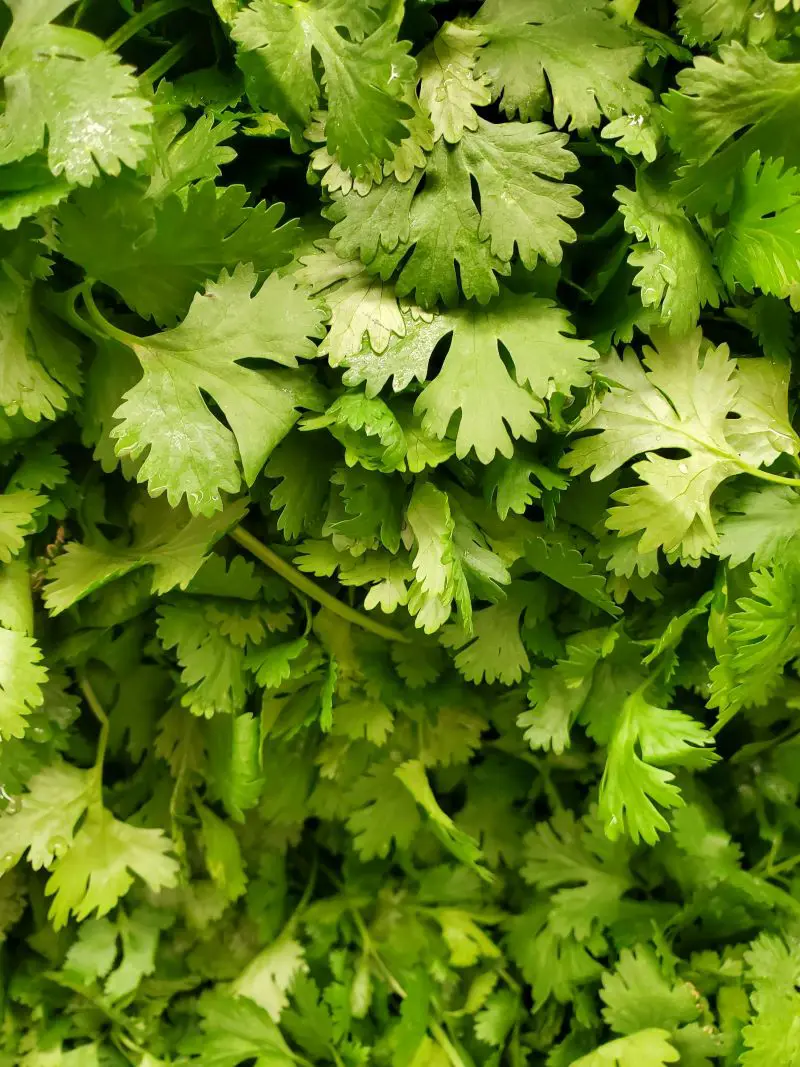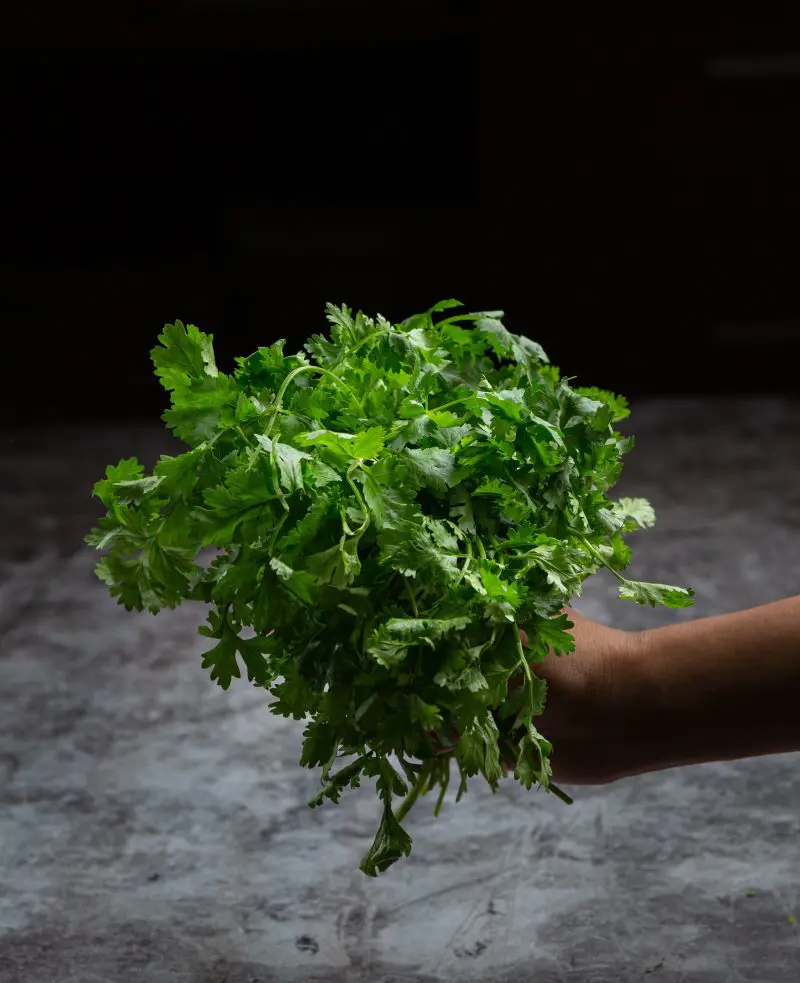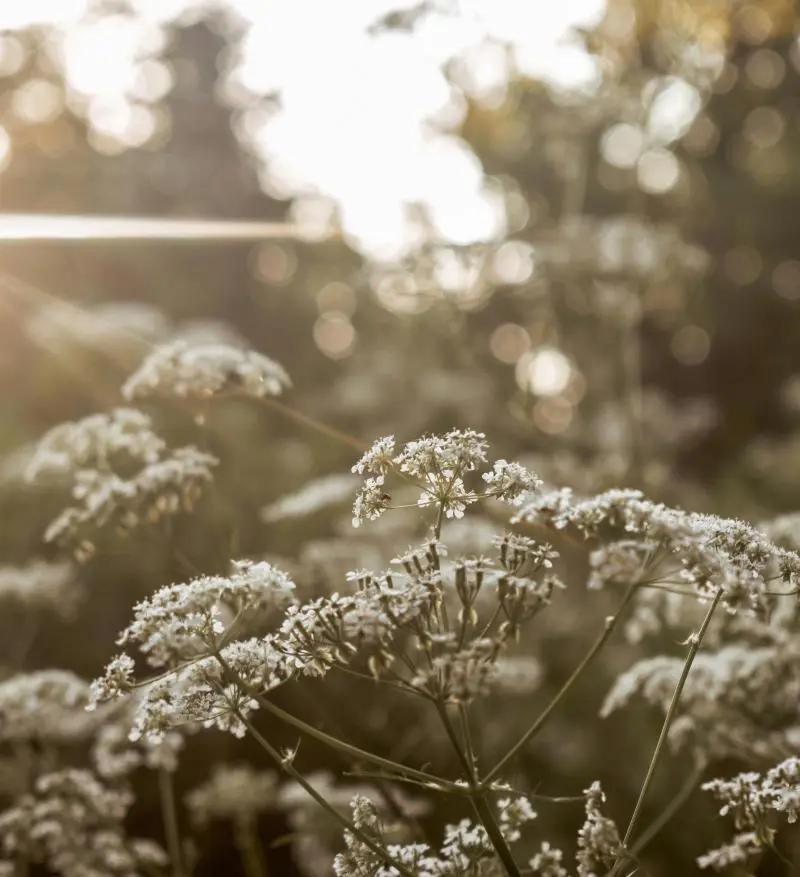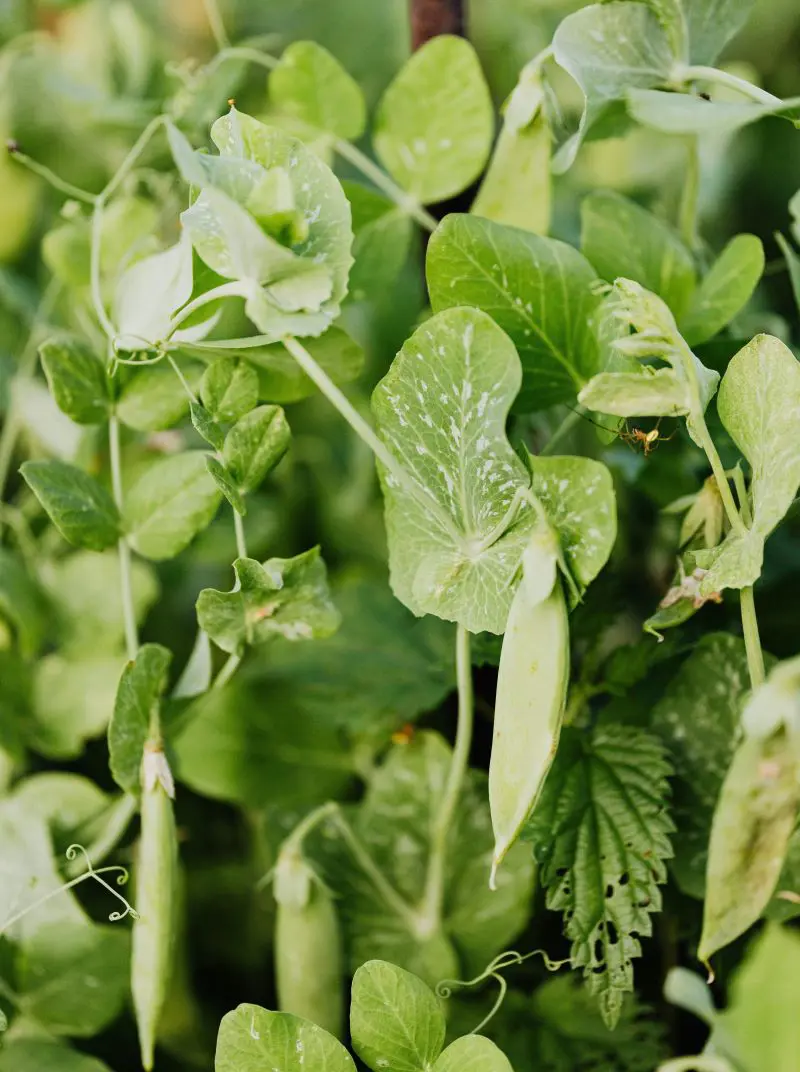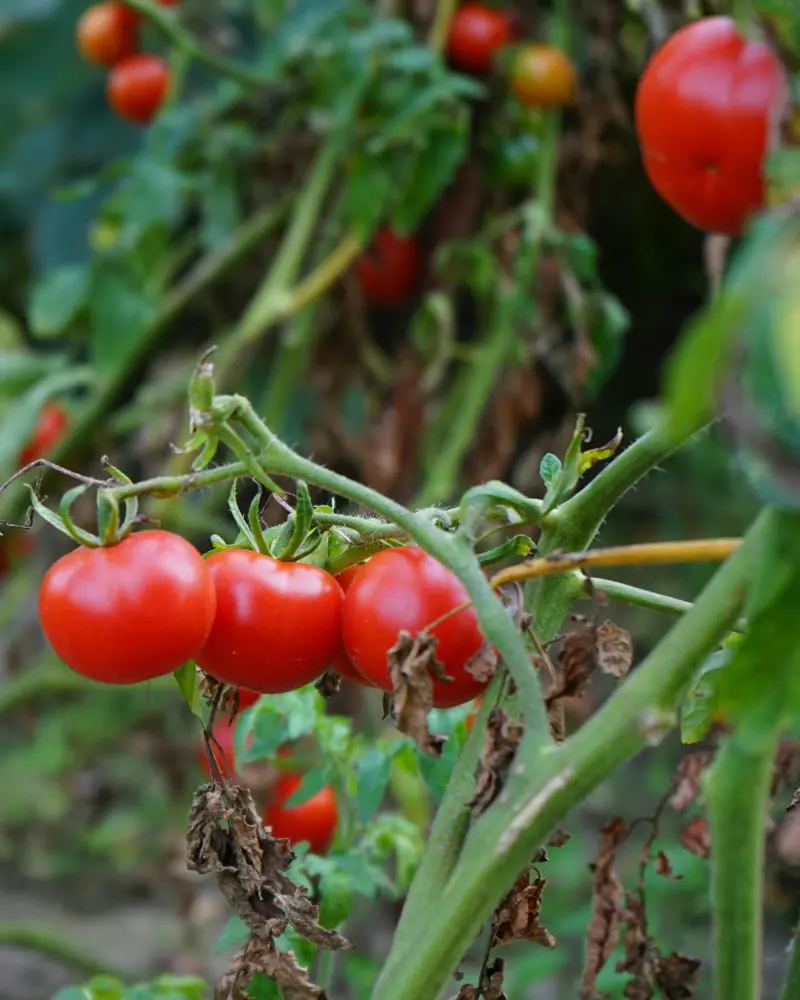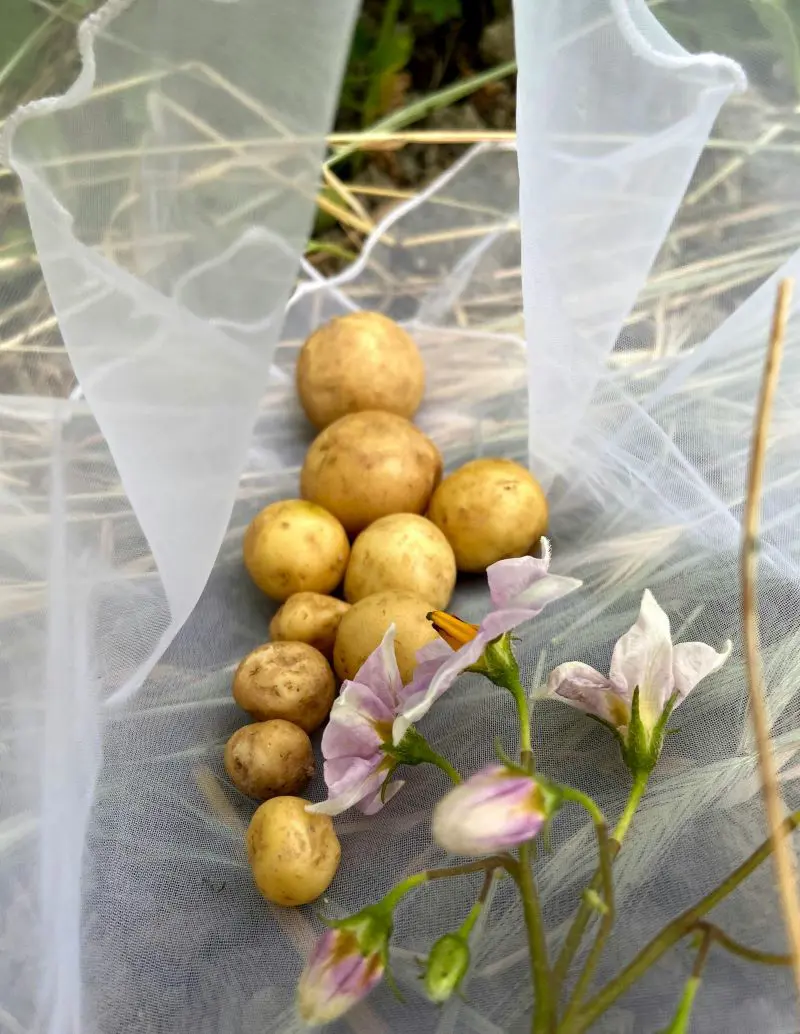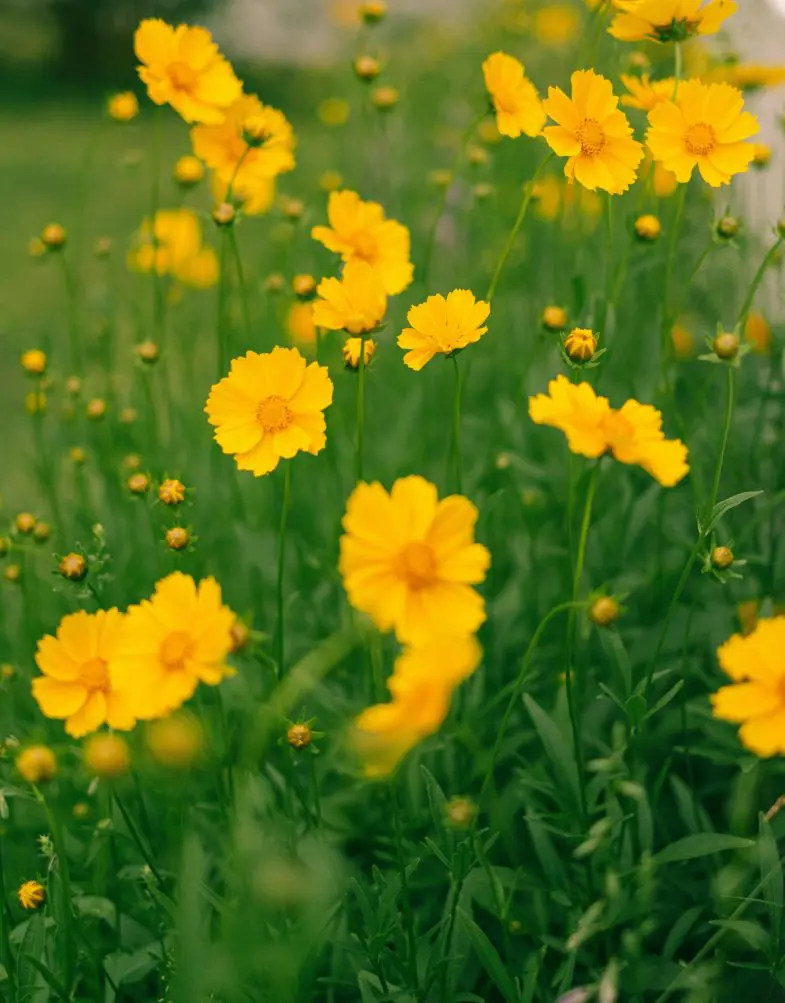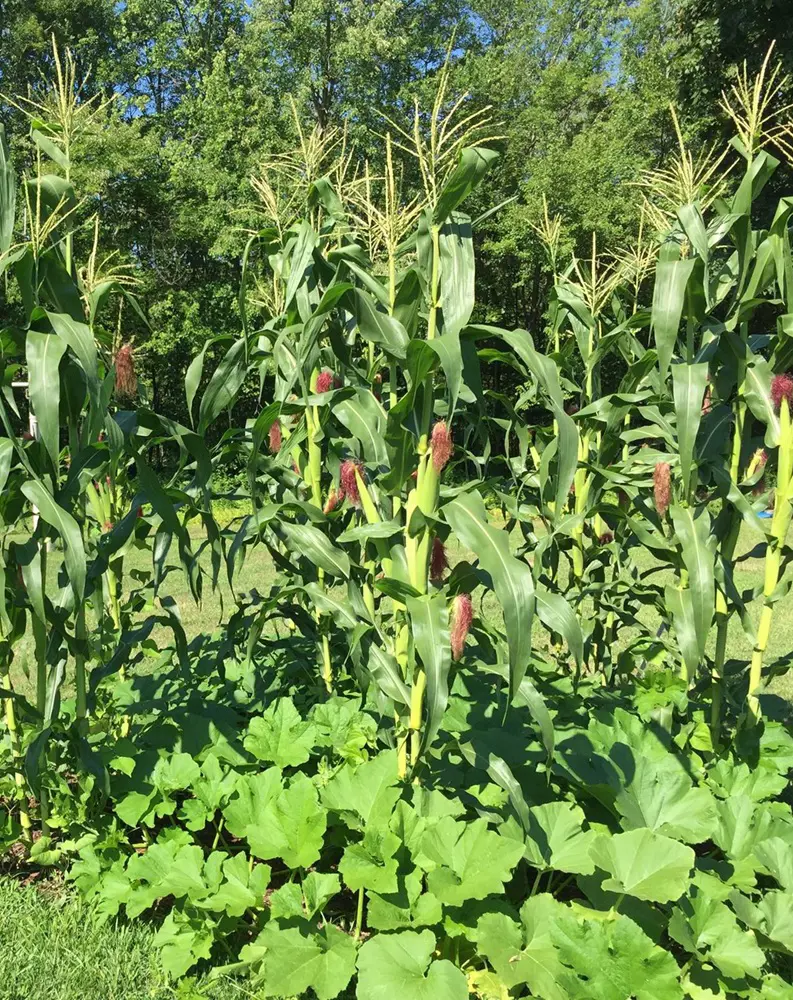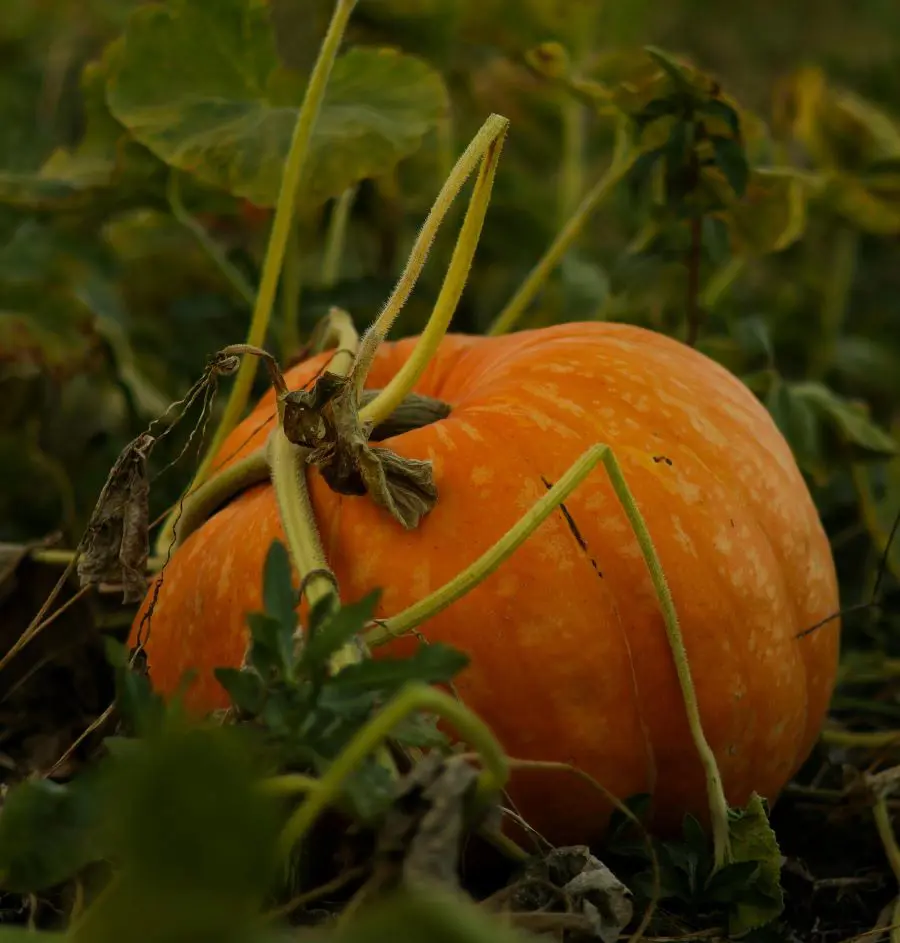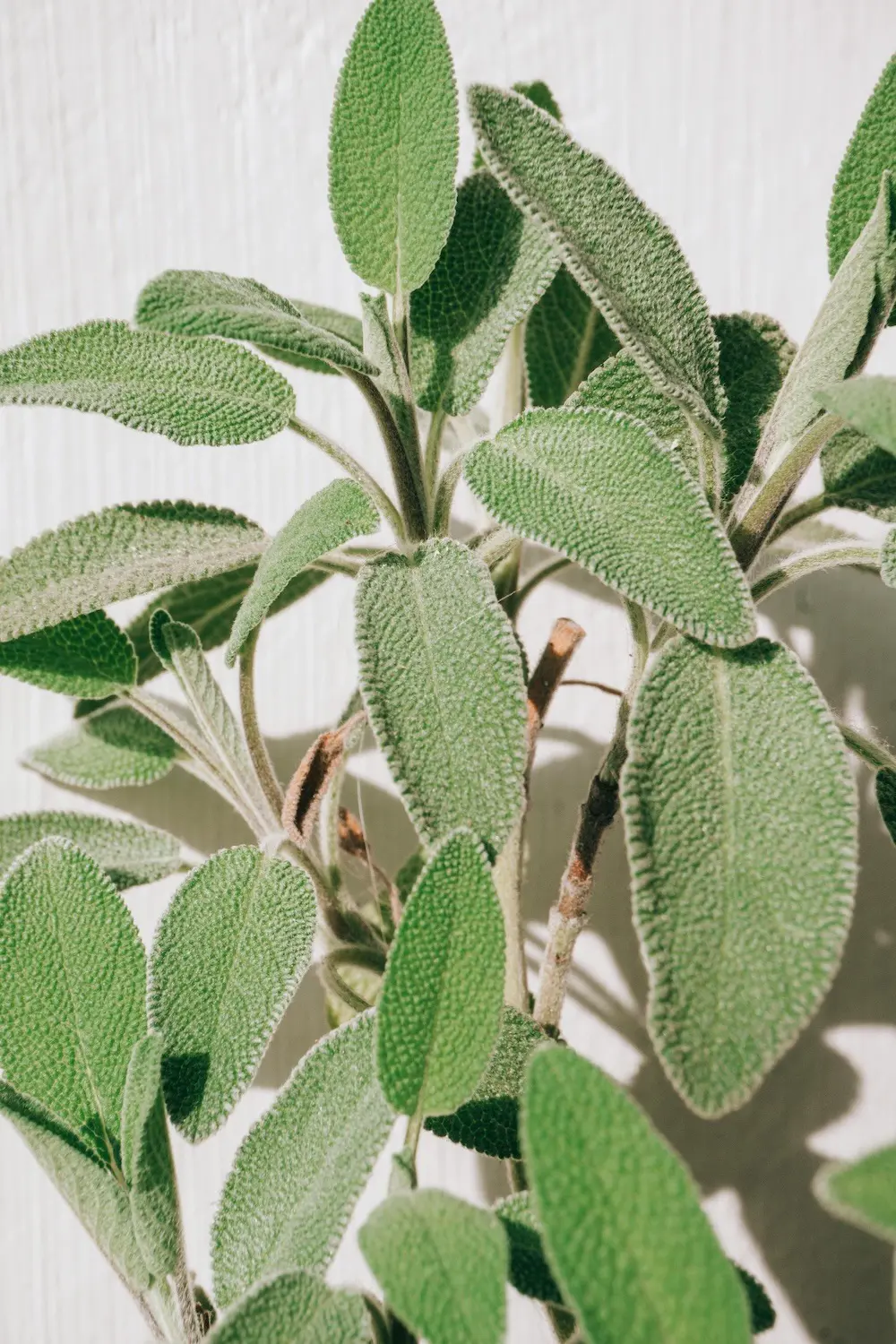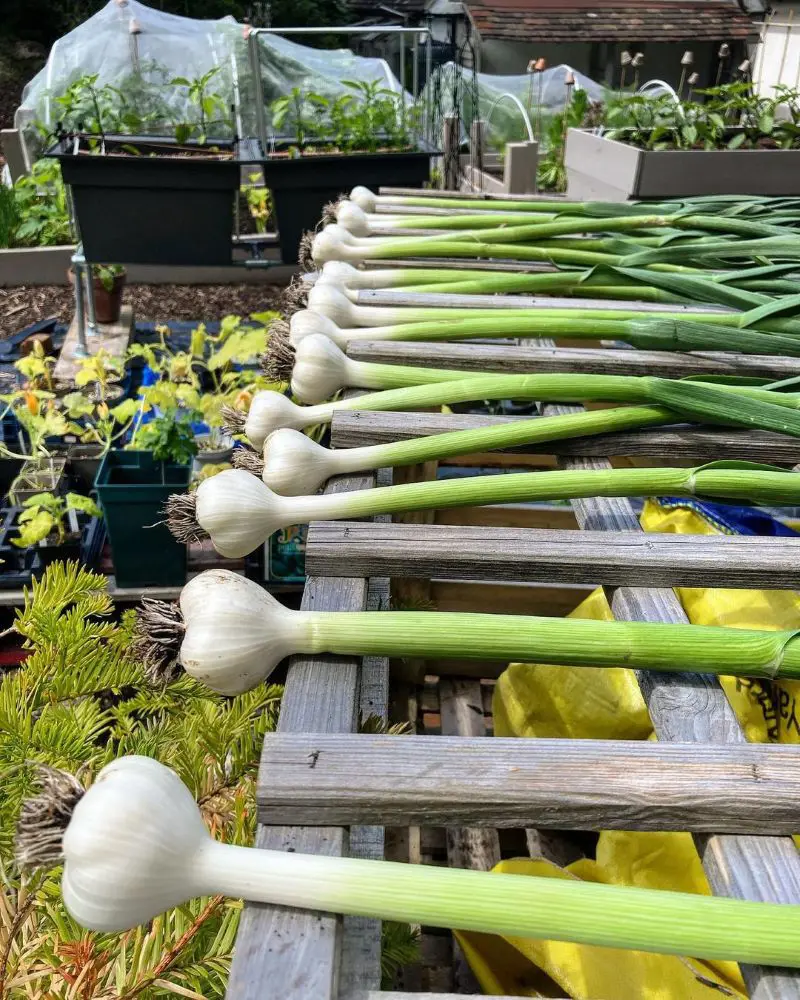Companion Planting Benefits
Companion planting is a time-tested gardening method that enriches and protects vulnerable crops. These companion plants are added as specific crops near each other to date pests, attract beneficial insects, and stimulate growth.
These plants can either help a specific crop grow or will grow better beside a specific crop and can do more support in the garden. Many companion plants like marigold, catnip, and rue repel specific pests and are planted near certain crops to make them pest-free.
Also, other companion plants like calendula and nasturtiums attract certain pests and are planted a distance away from the garden to lure pests away from the vegetables. Other benefits include:
- Improve Soil Nutrients
- Attract Beneficial Insects
- Encourage Faster growth and better taste
- Provide ground cover
- Provide necessary shade
- Serve as markers
